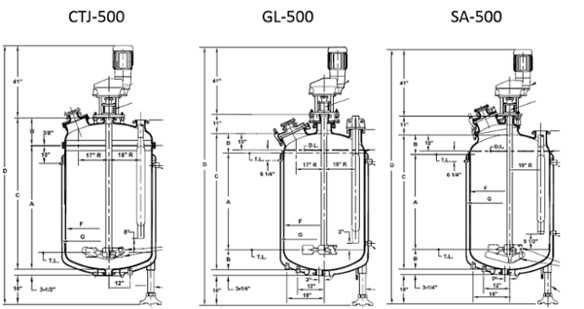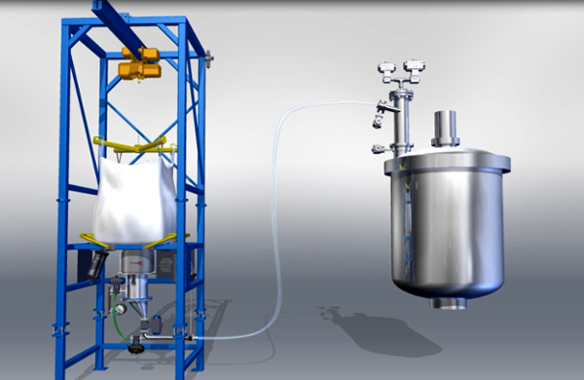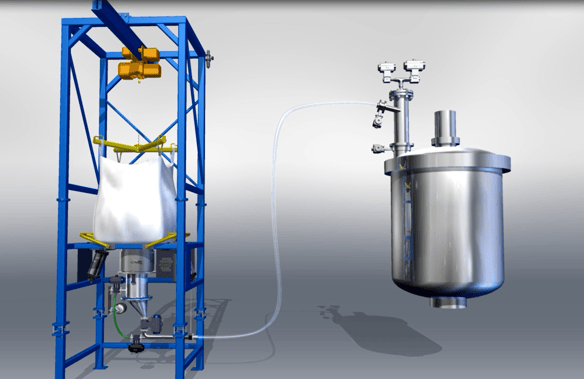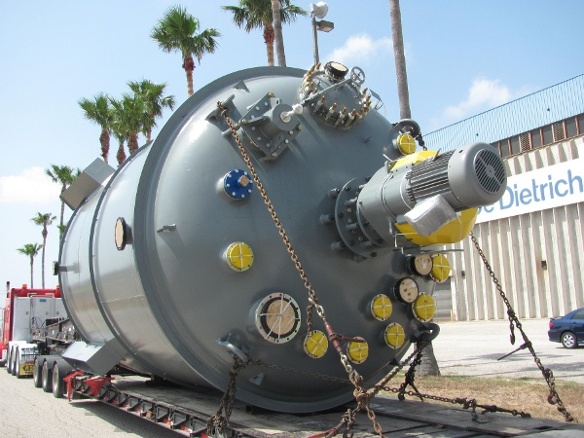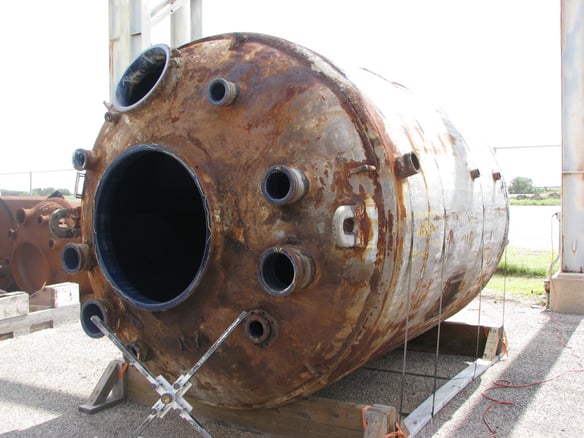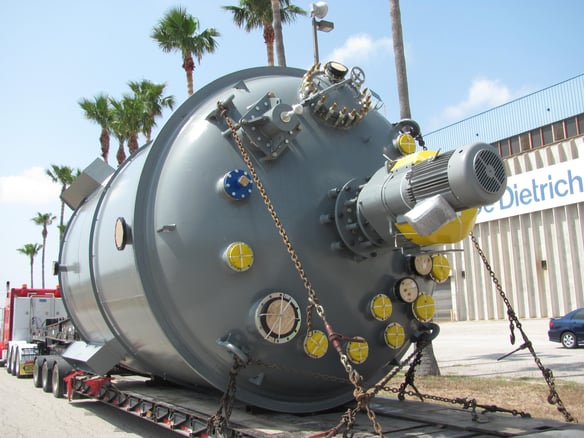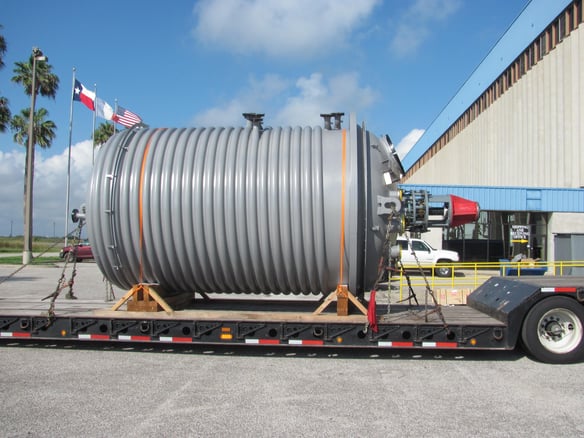What Can I do to Automate my Reactor?
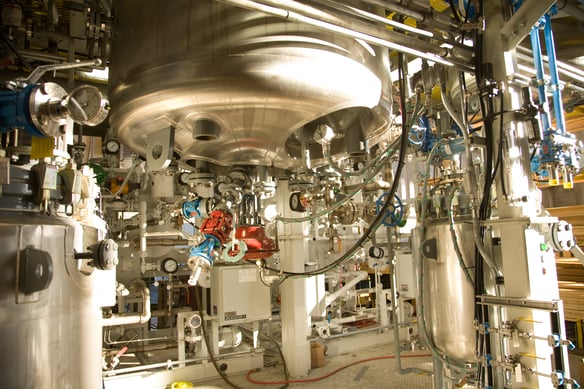
If you have an application that employs batch reactors and you are looking for a way to improve the efficiency of your operation, seeing what process automation you have (and don’t have) in place is a good way to start. When automation technologies are integrated into your system, they not only improve process control but they can also be an effective way to increase productivity, minimize costs and make your facility operate more ergonomically.
There are many different aspects of a reactor that can be measured and regulated via control systems; the ones you select to have automated should be based on your application-specific requirements. Items that can be controlled/monitored through a control system include:
-
Measuring and recording process variables
The ability to measure and record process variables such as temperature, pressure, and pH is critical in many applications that require precise measurements in order to maintain the reactive environment. Keeping track of multi-variables electronically instead of manually not only saves time and increases organizational record-keeping but also minimizes miscalculations that can have a potentially detrimental effect on batch quality.
-
On/Off functionality of valves
Valves are critical components of a process, as they control the starting and stopping of product from one piece of equipment to another. Regardless of the type, their basic function is to regulate the flow of liquid or gas. When choosing between a manual or actuated valve, there are a few factors you’ll need to take into consideration. There is an additional cost associated with an automated valve versus a manual design, but it’s important to ask yourself how frequently does the valve need to be turned on/off? And where is it located? (Some valves are in difficult to reach locations, making automation a practical option.) When you considering the labor costs of personnel having to perform the job manually in addition to possible human error it might make more sense to go for the automated option where you can be assured that your control system will provide reliable shutoff over a wide range of service conditions. Can a person give you the same high integrity, repeatable tight shutoff performance?
-
Reactor temperature control
It’s one thing to be able to measure and record temperature, but controlling it through automation gives you the power to change the temperature remotely or maintain a set point. This capability will optimize the reaction rate of your process, resulting in better overall efficiency and an improvement in product yield.
DDPS reactors can be integrated with the Director Series temperature control module, which delivers accurate and reliable temperature control to your process vessel across a wide temperature range from -85° to 200°C. The PLC controls even give you the ability to store temperature recipes, which can help standardize your operational procedures, a really handy feature for batch processes. Data collection and trending are also available.
-
Agitator on/off and speed control
The agitation speed has a major impact on batch reaction rate and mixing efficiency. Depending on the process objectives (e.g. homogenization, suspension) and the characteristics of the products involved (e.g. viscous fluid, fragile crystals) and the liquid level of the batch, it is important to regulate when the agitator is on and at what speed it is running. Automating this part of your process can ensure optimal mixing times and speeds are adhered too.
-
Pressure/Vacuum control
There are many applications where the internal vessel atmosphere needs to be sustained under specific pressure or vacuum conditions with set-points that can vary throughout the lifecycle of the process. In many cases, catalysts are used to accelerate the rate of a reaction. This often requires a product to be introduced in a precise portion and at a specific time into the vessel. Also, many processes run their reaction unit under vacuum because the chemistry requires it or it lowers the boiling point of a solvent. All of this needs to be accomplished while maintaining a specific pressure or vacuum within the reactor. If the pressure/vacuum of the vessel isn’t maintained it will cause inaccuracy in the reaction. The easy solution to this problem is simple pressure control automation.
-
Recipe function
As we alluded to earlier in the post, recipes are a great tool for batch processes that allow you to pre-program certain parameters. In addition to temperature control that we already touched upon, other functionalities like valve opening/shutoff, agitation speed, and timing of other variables in conjunction with one another can be set for multiple batches without any operator interaction. Having a recipe in place is especially useful when you are evaluating a process. Once the run has been analyzed, you can make recommendations and fine tune the recipe to help optimize the process for future runs.
-
Record variables to form a batch record
I can remember over a decade ago working for a pharmaceutical company and having to go into “the cage” from time to time. This was the nickname given to the documentation room that was a library of shelves filled floor to ceiling with batch records on printed paper arranged alphabetically and chronologically. While this still might be the standard practice for some facilities, most processes are trending towards paperless, electronically-documented records. Automated controls can give you the functionality needed for recording all of this important information seamlessly as it is recorded by the control system. This not only streamlines the data but it eliminates human error that can happen when numbers are observed and transcribed manually onto paperwork. It also makes looking up batch records a lot easier.
There are so many advantages to having a control system integrated with your reactor system. Because process parameters, operator manipulations and other variables need to be continuously measured and recorded, automation enables the unattended running of a system through tried and true solutions that are built from technical expertise, knowledge and experience. When processes can be standardized it facilitates up-scaling from laboratory to pilot plant and production scale; and since control functionality can be tailored to your specific needs, you can select what aspects of your process need automation.
Through automation, De Dietrich Process Systems can help you achieve better batch management. Our control systems can be seamlessly integrated into your new or existing reactor as well other equipment/systems that are in need of automation upgrade. Whether you already know your project goals or need help defining them, we can establish the hardware design specifications, software, and programming around those objectives. DDPS’ project management encompasses all phases of engineering and design including process mapping for performance specification, control panel and HMI development, electrical design, equipment and component recommendations and selection, as well as documentation, validation and testing, start-up assistance, training, and technical support. Contact us to find out more about how we can work together to automate your reactor; or for more information about other upgrades that are available for glass-lined steel reactors download our free ebook on Optimizing the Glass-Lined Reactor.


